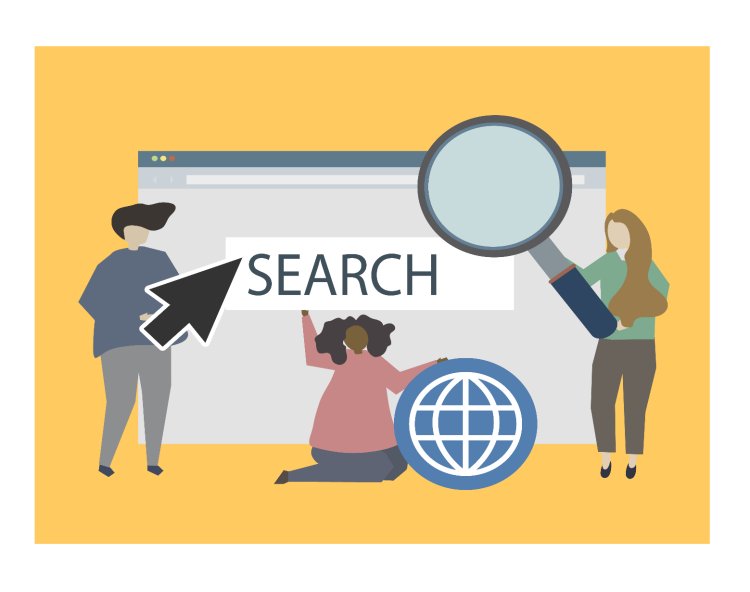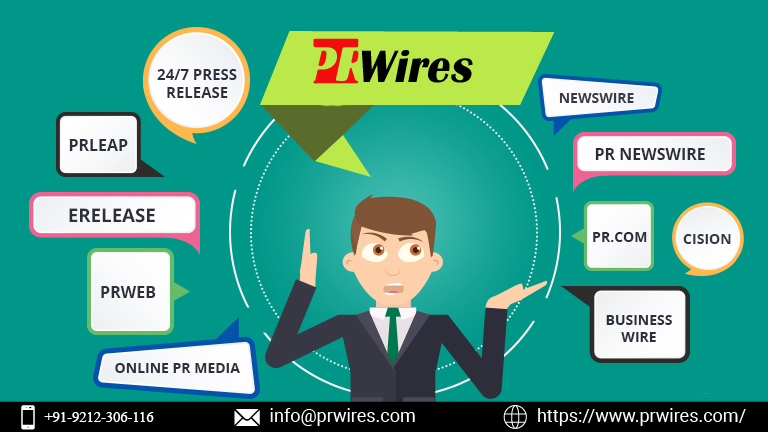Understanding the Different Forms of Search Engine Marketing
Search engine marketing (SEM) boosts online visibility and drives traffic. Explore PPC, display ads, remarketing, and more to maximize conversions and achieve business success.

Search engine marketing (SEM) is a vital strategy for businesses aiming to establish a strong online presence and reach their target audience effectively. Whether you’re an entrepreneur or part of a large organization, partnering with a search engine marketing company can amplify your efforts to achieve better visibility, increased website traffic, and higher conversion rates. In this article, we will dive into the various forms of search engine marketing, explaining how they work, their benefits, and their role in driving business success.
What is Search Engine Marketing?
Search engine marketing encompasses a set of techniques used to promote a website by increasing its visibility on search engine results pages (SERPs). It is primarily achieved through paid advertising, such as pay-per-click (PPC) campaigns, and can also include other strategies like display advertising and remarketing. SEM is distinct from search engine optimization (SEO), which focuses on improving organic search rankings through unpaid efforts.
Businesses leverage SEM to attract potential customers by placing their ads where users are actively searching for relevant products or services. This approach ensures a high level of intent, meaning users are more likely to engage with the ads and convert into customers.
Types of Search Engine Marketing
There are several forms of search engine marketing, each with unique advantages and purposes. Understanding these forms can help businesses choose the most suitable strategies to meet their goals.
1. Pay-Per-Click (PPC) Advertising
PPC advertising is one of the most common and effective forms of SEM. With PPC, advertisers pay a fee each time their ad is clicked by a user. These ads appear at the top or bottom of search engine results pages, marked as sponsored content.
-
How It Works: Advertisers bid on specific keywords relevant to their business. The search engine determines ad placement based on factors like bid amount and ad quality. When users search for those keywords, the ads appear in the search results.
-
Benefits:
-
Immediate visibility
-
Budget control with cost-per-click (CPC) options
-
High ROI when targeted effectively
PPC campaigns are highly customizable and allow businesses to target specific demographics, locations, and devices, making it a versatile option for businesses of all sizes.
2. Display Advertising
Display advertising involves placing visual ads, such as banners or videos, on websites within the search engine’s advertising network. These ads are often shown to users who have expressed interest in related topics or products.
-
How It Works: Advertisers create visually appealing ads and target them to specific audiences based on interests, behavior, or website content. Display ads can appear on blogs, news websites, or other platforms within the ad network.
-
Benefits:
-
Increases brand awareness
-
Engages users with visually compelling content
-
Supports retargeting campaigns to re-engage previous visitors
While display advertising may not always lead to immediate conversions, it is an excellent tool for building brand recognition and keeping your business top-of-mind.
3. Remarketing (Retargeting)
Remarketing is a powerful SEM technique that focuses on re-engaging users who have previously interacted with your website or ads. It’s a way to remind potential customers of your offerings and encourage them to complete an action, such as making a purchase.
-
How It Works: Remarketing uses cookies to track users who have visited your site. These users then see tailored ads as they browse other websites or platforms, encouraging them to return to your site.
-
Benefits:
-
Improves conversion rates by targeting interested users
-
Maximizes the value of existing traffic
-
Creates personalized ad experiences
Remarketing is particularly effective for businesses that experience high cart abandonment rates or want to nurture leads over time.
4. Shopping Ads
Shopping ads, also known as product listing ads (PLAs), are specifically designed for e-commerce businesses. These ads display product images, prices, and descriptions directly in search engine results, giving users a quick overview of the offerings.
-
How It Works: Advertisers upload a product feed to the search engine’s platform, detailing the items they want to promote. The platform matches these products with relevant search queries and displays them in the shopping section or at the top of SERPs.
-
Benefits:
-
Drives high-intent traffic
-
Provides detailed product information upfront
-
Simplifies the buying process for users
Shopping ads are ideal for businesses that want to showcase their products prominently and attract shoppers who are ready to make a purchase.
5. Local Search Ads
Local search ads are designed to connect businesses with users searching for services or products in a specific geographic area. These ads are particularly beneficial for brick-and-mortar businesses or those targeting a local audience.
-
How It Works: Advertisers bid on local keywords, and their ads appear on search results or maps when users search for nearby services. Local search ads often include additional information like business hours, reviews, and directions.
-
Benefits:
-
Attracts local customers
-
Increases foot traffic to physical stores
-
Builds trust through reviews and ratings
Local search ads ensure that businesses can effectively compete within their local markets and attract customers who are ready to engage in person.
Benefits of Search Engine Marketing
Search engine marketing offers numerous advantages that make it a critical component of any digital marketing strategy. By leveraging search engine marketing services, businesses can effectively reach their target audience and maximize online visibility.
-
Instant Results: Unlike SEO, which can take months to yield results, SEM provides immediate visibility and traffic.
-
Precise Targeting: SEM allows businesses to target users based on specific keywords, locations, demographics, and behaviors.
-
Measurable Performance: Advertisers can track campaign performance in real time and adjust strategies for better outcomes.
-
Scalability: SEM campaigns can be scaled up or down based on budget and goals, making them suitable for businesses of all sizes.
-
Enhanced Brand Visibility: By appearing at the top of SERPs, businesses can establish authority and build trust with potential customers.
How to Choose the Right SEM Strategy
Selecting the right SEM strategy depends on several factors, including your business goals, budget, and target audience. Here are some tips to help you make informed decisions:
-
Define Your Objectives: Determine whether you want to drive traffic, generate leads, or boost sales.
-
Analyze Your Audience: Understand your audience’s search behavior and preferences to choose the most effective keywords and ad formats.
-
Set a Budget: Allocate a realistic budget that aligns with your goals and expected returns.
-
Monitor and Optimize: Continuously track campaign performance and make data-driven adjustments to improve results.
Working with a professional search engine marketing company can simplify this process and provide expert guidance on maximizing the effectiveness of your campaigns.
Conclusion
Understanding the different forms of search engine marketing is essential for businesses looking to succeed in the digital landscape. From PPC advertising and display ads to remarketing and local search ads, each form of SEM offers unique benefits and opportunities to connect with your target audience. By partnering with a search engine marketing company and utilizing professional SEM services, businesses can achieve their goals more efficiently and stay ahead of the competition.
What's Your Reaction?
















